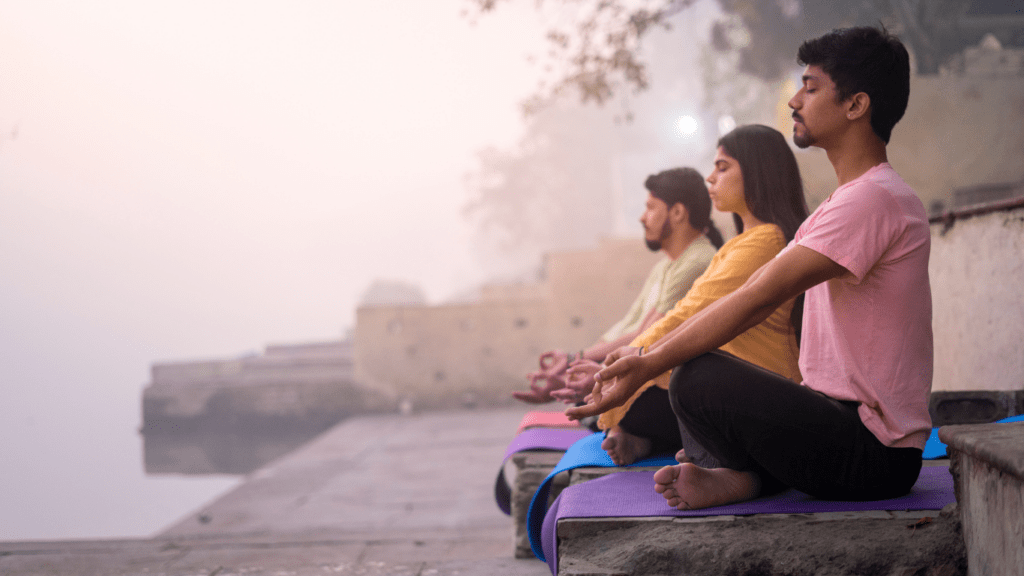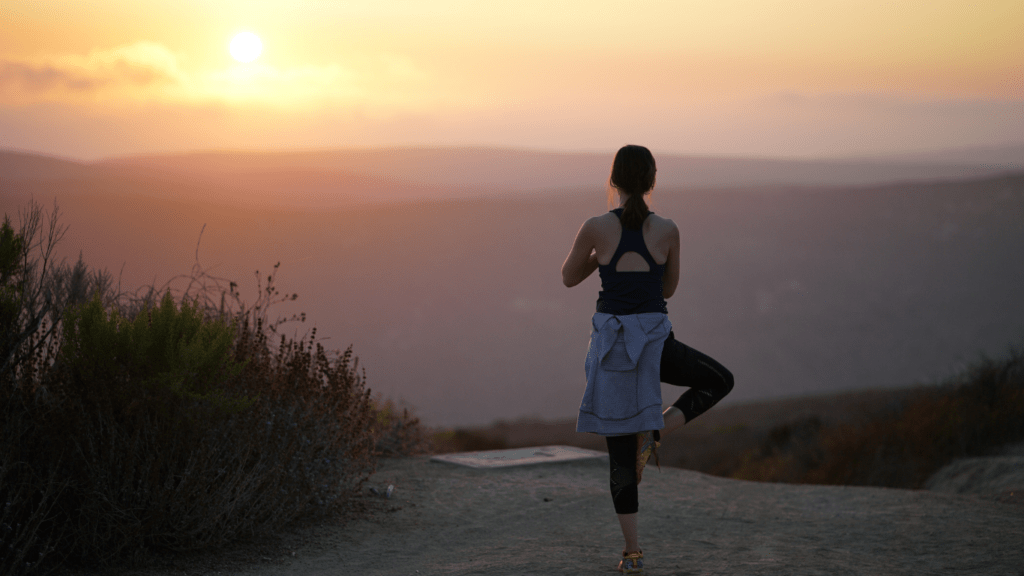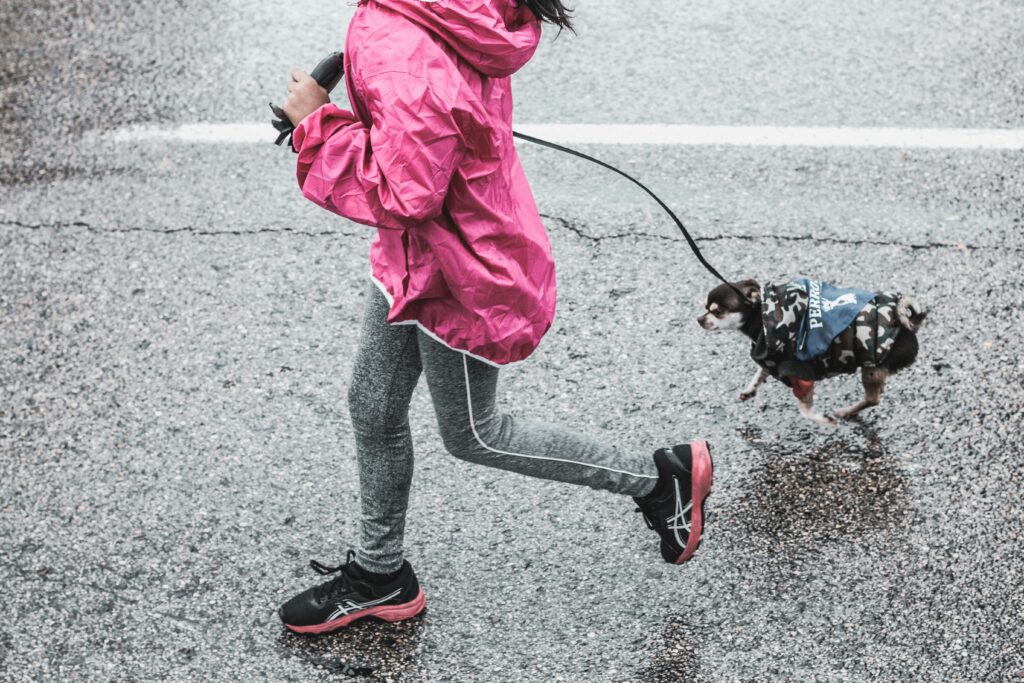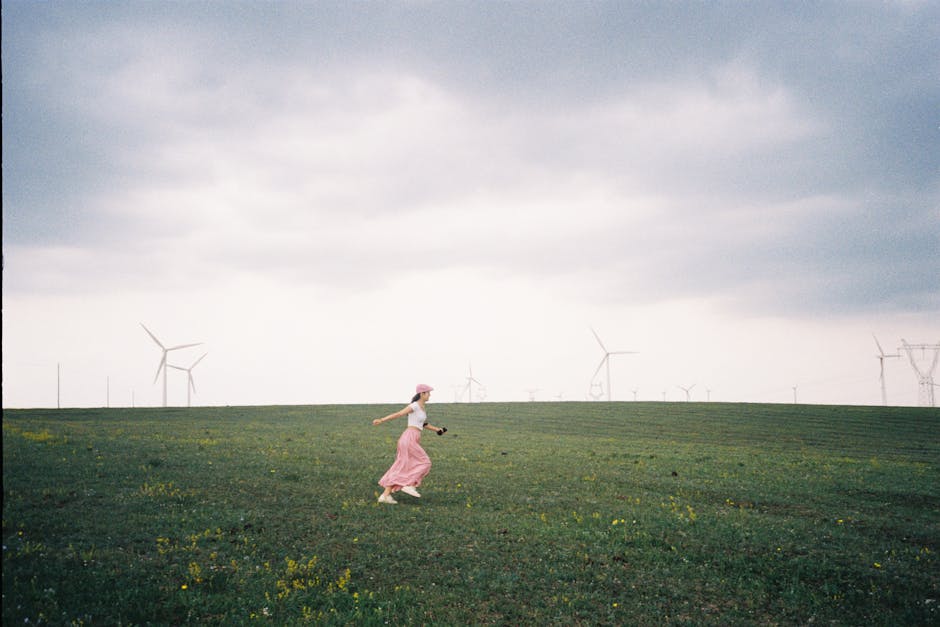Benefits of Integrating Yoga with Running
Integrating yoga into a running routine offers numerous advantages. Yoga enhances a runner’s performance by improving flexibility, strength, breathing, and stamina.
Enhanced Flexibility and Strength
Yoga increases flexibility, helping runners maintain proper form and avoid injury. Incorporating poses like Downward Dog and Pigeon Pose targets tight areas such as hamstrings and hip flexors, leading to better stride length and range of motion.
Strength-building poses like Warrior II and Chair Pose develop muscle endurance and stability, crucial for maintaining posture during long runs and hilly terrain.
Improved Breathing and Stamina
Yoga emphasizes deep, controlled breathing, which enhances lung capacity and efficiency. Pranayama exercises train runners to optimize oxygen intake, resulting in sustained energy levels throughout a run.
Techniques like Ujjayi breath help regulate breath even under stress, mitigating the risk of early fatigue. Combined with meditation practices, yoga also reinforces mental fortitude, allowing runners to push through physical barriers with improved focus and stamina.
Key Yoga Poses for Runners
Certain yoga poses can enhance a runner’s performance by targeting specific muscle groups. Here are crucial poses to integrate into a routine.
Hamstring Stretches
Hamstring stretches relieve tightness and improve flexibility. Standing Forward Bend (Uttanasana) and Reclining Hand-to-Big-Toe Pose (Supta Padangusthasana) are effective.
Uttanasana involves standing and bending forward at the hips to touch the toes or the ground. Supta Padangusthasana requires lying on the back and extending one leg upward while holding the big toe. These poses lengthen hamstrings and reduce the risk of injury.
Hip Openers
Hip openers enhance hip flexibility and mobility, benefitting runners. Pigeon Pose (Eka Pada Rajakapotasana) and Garland Pose (Malasana) are beneficial.
Pigeon Pose involves placing one leg forward and extending the other leg back while lowering the hips towards the ground. Malasana requires squatting with feet wide apart and bringing palms together in front of the chest.
These poses release tension in the hips and improve range of motion.
Incorporating Yoga into Your Running Routine

Integrating yoga into my running routine helps me enhance performance and reduce injury risk. I include specific yoga poses before and after my runs to maximize these benefits.
Before Running: Warm-Up Poses
A proper warm-up with yoga prepares my body for running by increasing blood flow and loosening muscles.
- Cat-Cow Pose (Marjaryasana-Bitilasana): I use this dynamic stretch to warm up my spine and core. It improves mobility and prepares my body for the run.
- Sun Salutations (Surya Namaskar): This series of poses energizes my entire body. It targets all major muscle groups, especially those I’ll use during running.
- Lunge Pose (Anjaneyasana): This pose opens up my hip flexors and strengthens my quadriceps. It helps me maintain good form and stride.
After Running: Cool-Down Poses
Cooling down with yoga post-run aids in muscle recovery and reduces soreness.
- Standing Forward Bend (Uttanasana): This pose stretches my hamstrings and calves, which often feel tight after running.
- Pigeon Pose (Eka Pada Rajakapotasana): It targets deep hip muscles, helping release tension and improving flexibility.
- Legs-Up-the-Wall Pose (Viparita Karani): I use this restorative pose to reduce swelling and relax my legs. It promotes circulation and helps prevent stiffness.
Challenges and Solutions
Integrating yoga into your running routine presents challenges, but solutions exist to help overcome them.
Finding Time for Yoga and Running
Balancing yoga and running can feel overwhelming. To integrate both, I schedule short yoga sessions on running days. A 10-15 minute pre-run warm-up using Cat-Cow or Sun Salutations helps prepare my body.
Post-run, I spend another 10 minutes in recovery poses like Pigeon Pose or Legs-Up-the-Wall. Splitting yoga sessions throughout the week ensures a balance without extensive time commitment.
Adapting Yoga for Different Fitness Levels
Every runner has their unique fitness level, making yoga adaptation essential. For beginners, I recommend starting with basic poses and using props like blocks or straps to maintain proper alignment.
Intermediate runners might incorporate dynamic flows, such as Vinyasa sequences, to improve strength and flexibility. Advanced practitioners can challenge themselves with poses that require greater balance and core stability, like Crow Pose or Headstand.
Adapting yoga to match individual fitness ensures safety and maximizes benefits.



